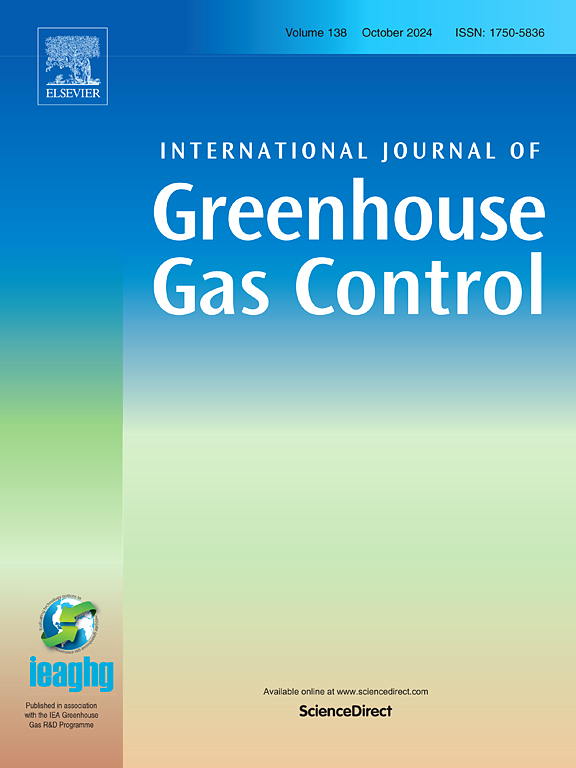Insights from FEED studies for retrofitting existing fossil power plants with carbon capture technology
IF 4.6
3区 工程技术
Q2 ENERGY & FUELS
International Journal of Greenhouse Gas Control
Pub Date : 2024-11-21
DOI:10.1016/j.ijggc.2024.104268
引用次数: 0
Abstract
Recent United States Department of Energy (DOE) sponsored front-end engineering design (FEED) studies for retrofitting existing fossil-fueled power plants with state-of-the-art carbon capture technology contain previously overlooked real-world design considerations for near-term deployment of carbon capture. Insights from examining seven recently published FEED study reports are summarized in this paper. This includes a discussion of the design, performance, and cost implications associated with (1) location-specific considerations such as water availability, land availability, and accessibility; (2) host-plant-specific factors such as flue gas specifications, allowable degree of integration between the capture system and host plant, and operational mode; and (3) miscellaneous factors such as market conditions, permitting requirements, and business case incentives. This manuscript highlights (1) water availability as a key design and cost driver, with host plant steam extraction increasing capture system cooling water availability, (2) modularization and constructability impacts on the number of capture trains, (3) the impacts of host plant operational mode and capacity factor on the business case for installing capture, and (4) the merit of continued research, development, and demonstration efforts addressing steam extraction, host plant tie-in at the stack, solvent reclamation and air emissions control.
利用碳捕集技术改造现有化石发电厂的 FEED 研究启示
最近,美国能源部(DOE)赞助了利用最先进的碳捕集技术改造现有化石燃料发电厂的前端工程设计(FEED)研究,其中包含了以前忽略的近期部署碳捕集的实际设计考虑因素。本文总结了对最近发布的七份 FEED 研究报告的深入分析。这包括讨论与以下因素相关的设计、性能和成本影响:(1) 特定地点的考虑因素,如水的可用性、土地的可用性和可达性;(2) 特定主机厂的因素,如烟气规格、捕集系统与主机厂之间的允许集成度和运行模式;以及 (3) 其他因素,如市场条件、许可要求和商业案例激励。本手稿强调:(1)水的可用性是设计和成本的关键驱动因素,主机厂蒸汽抽排可增加捕集系统冷却水的可用性;(2)模块化和可施工性对捕集列车数量的影响;(3)主机厂运行模式和产能因素对安装捕集的商业案例的影响;以及(4)针对蒸汽抽排、烟囱主机厂连接、溶剂回收和空气排放控制等问题进行持续研究、开发和示范的优点。
本文章由计算机程序翻译,如有差异,请以英文原文为准。
求助全文
约1分钟内获得全文
求助全文
来源期刊
CiteScore
9.20
自引率
10.30%
发文量
199
审稿时长
4.8 months
期刊介绍:
The International Journal of Greenhouse Gas Control is a peer reviewed journal focusing on scientific and engineering developments in greenhouse gas control through capture and storage at large stationary emitters in the power sector and in other major resource, manufacturing and production industries. The Journal covers all greenhouse gas emissions within the power and industrial sectors, and comprises both technical and non-technical related literature in one volume. Original research, review and comments papers are included.

 求助内容:
求助内容: 应助结果提醒方式:
应助结果提醒方式:


